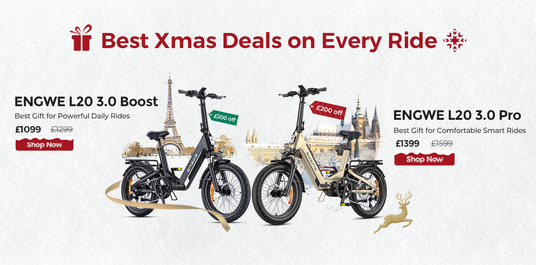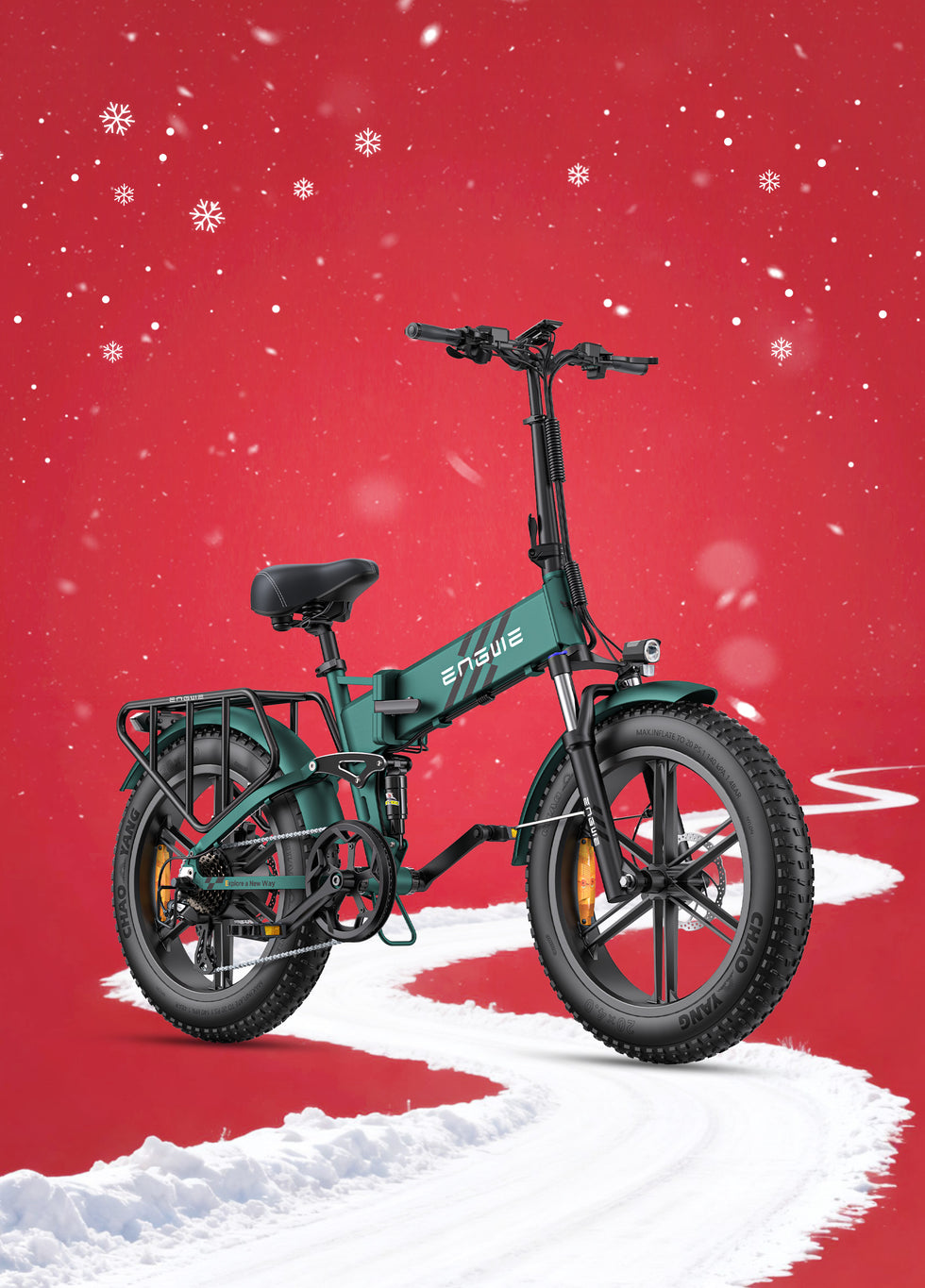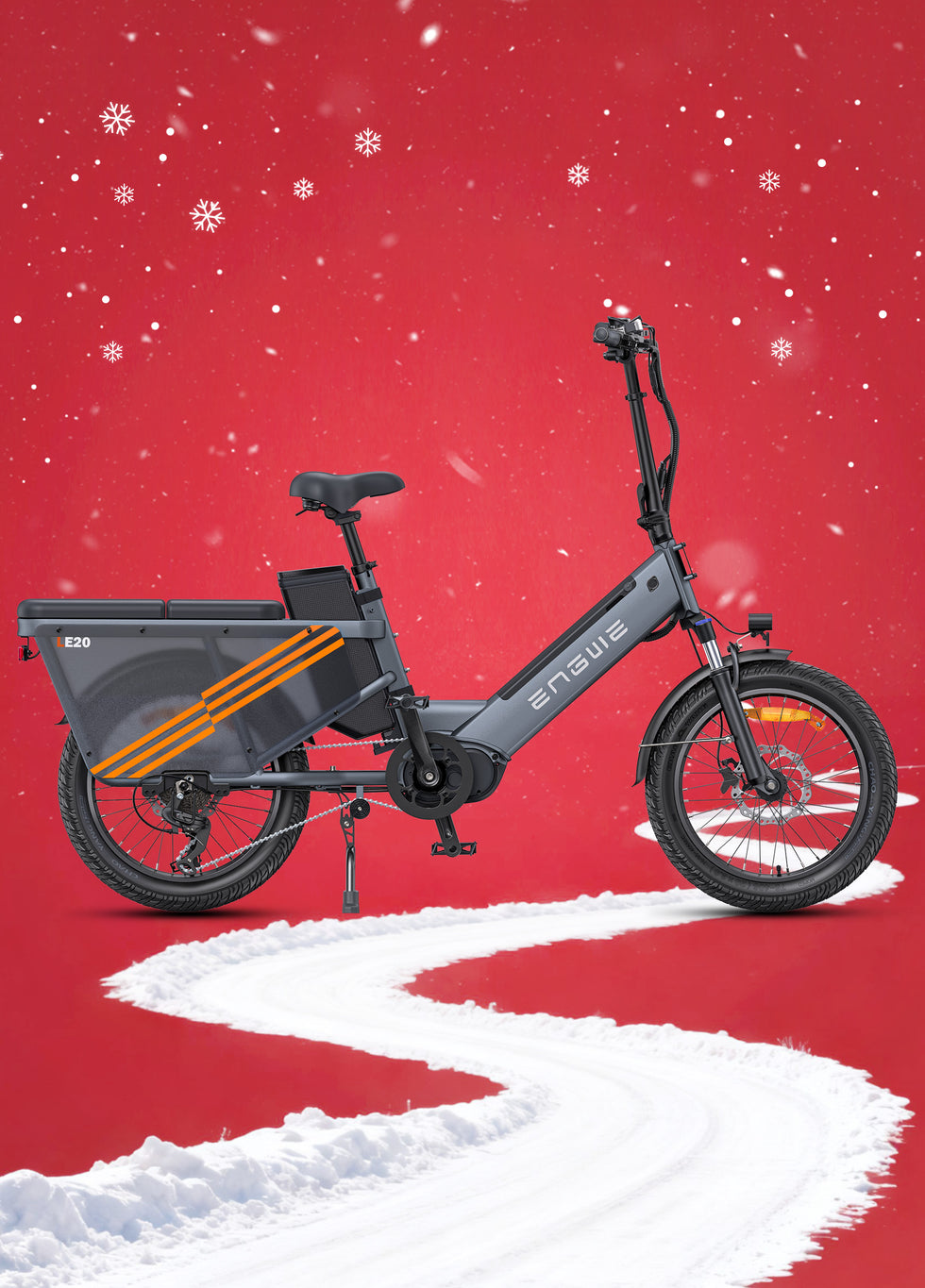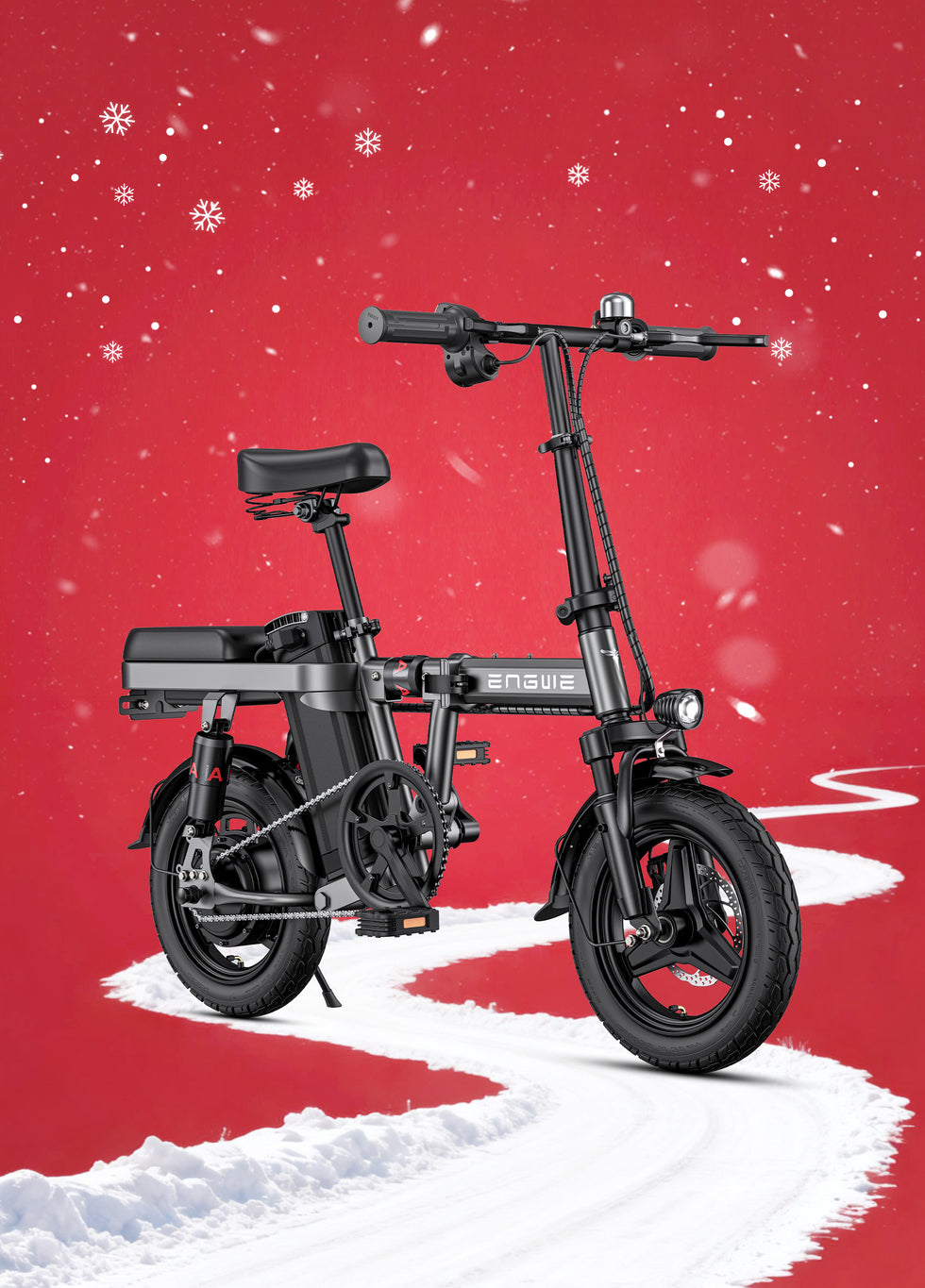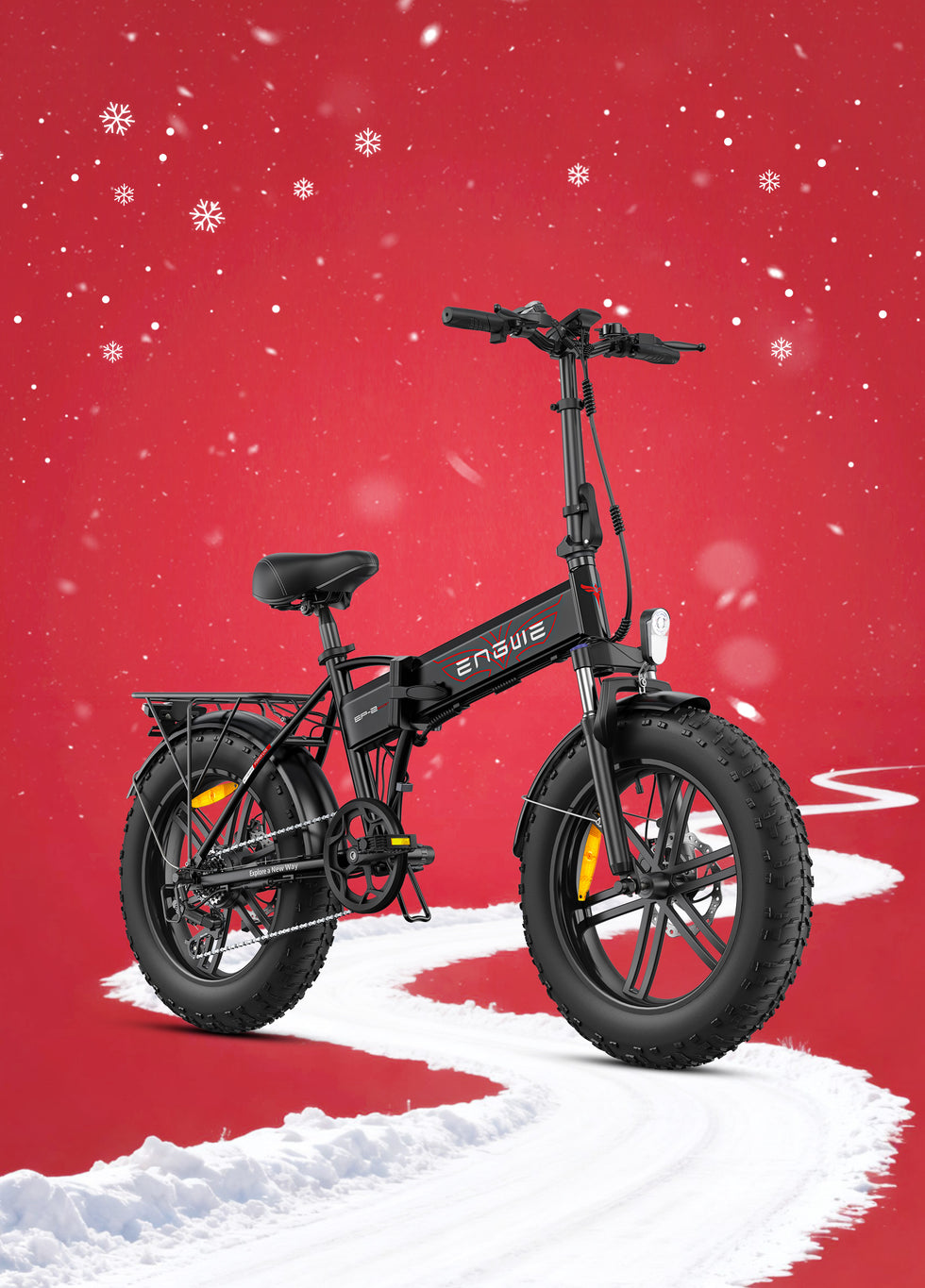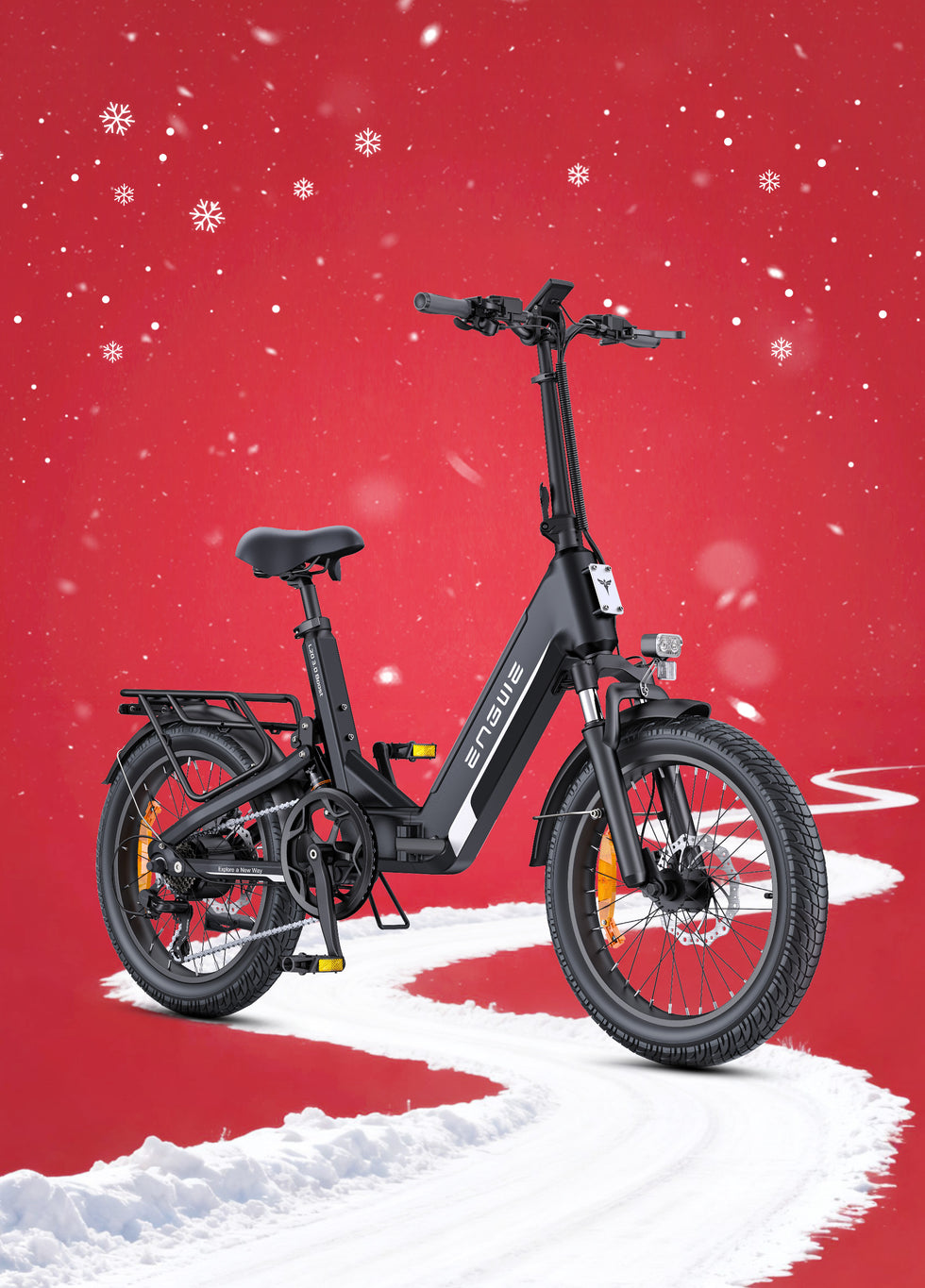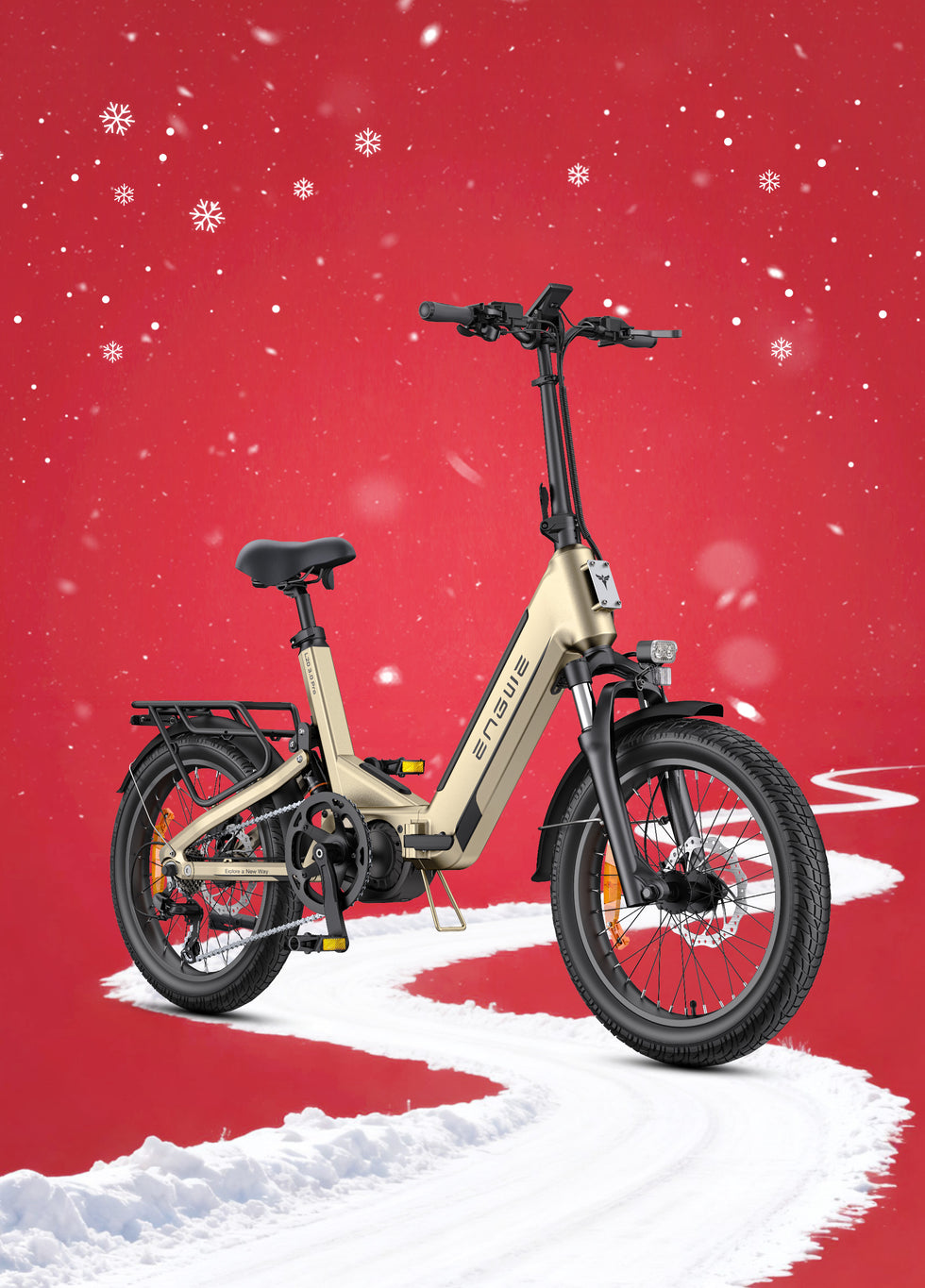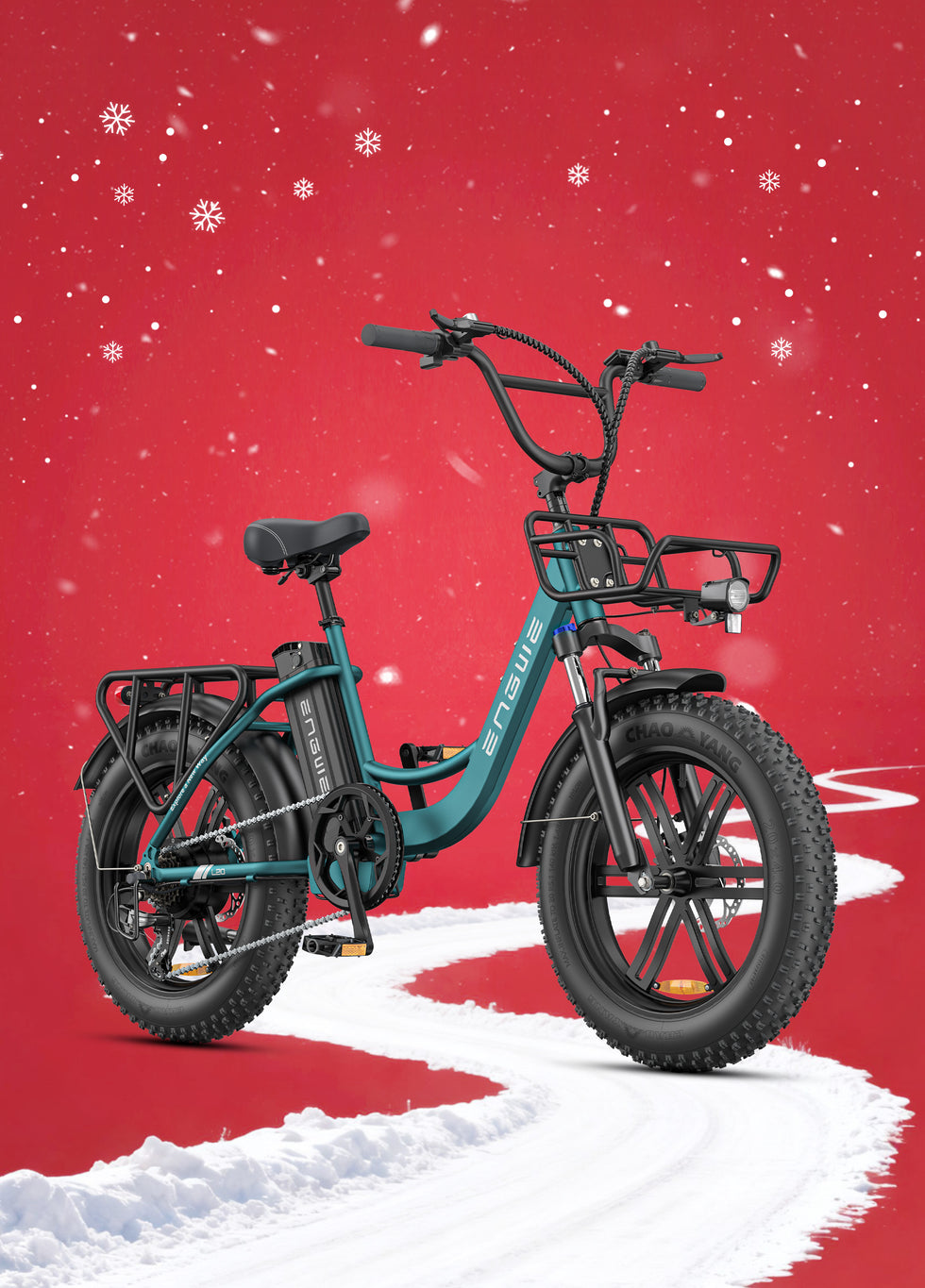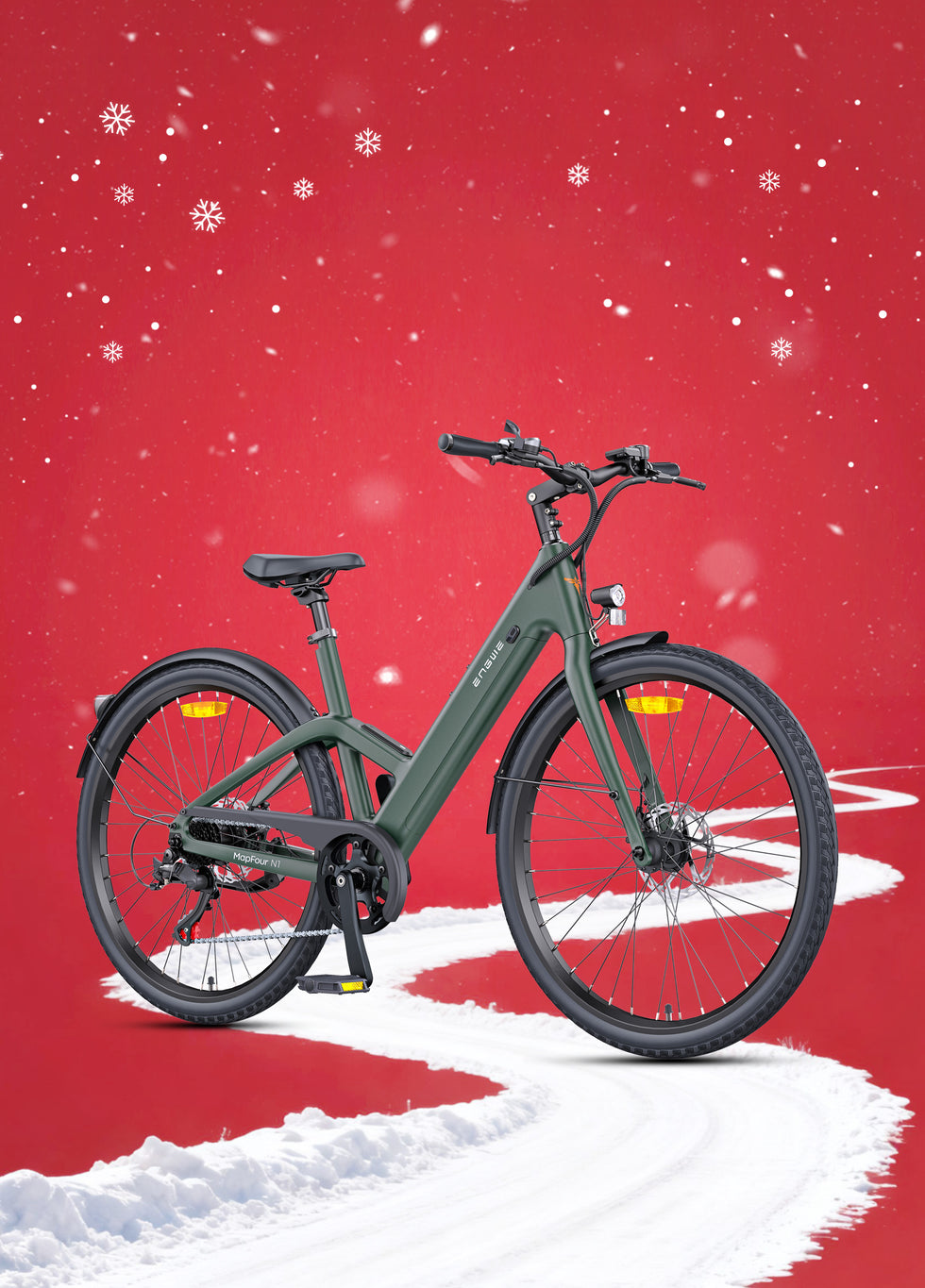If you are looking for the ideal electric bike for a teenager, it is all about a delicate mix. For them, it is about freedom, fun and looking good. For you, the parent, it’s about safety—and reliability, and peace of mind. The current electric bike market can be daunting to navigate, but if you pull it back to what a young rider really needs, the route to the best fit becomes much clearer. This isn’t just about buying a bicycle (if you can even call it that) with a motor; it’s about investing in a tool that can teach independence, responsibility and the pure pleasure of exploration, all while getting them from A to B safely and efficiently to boot. The objective is to track down a machine that is tough and safe enough for daily trips, legal in the UK and crammed with features that turn every trip into a pleasure, not a chore.
In order to organise our search, let’s start by mapping out the most pressing problems and questions you likely have as a buyer. Knowing these needs allows us to pinpoint the specific features and configurations that are the solutions.
| The User’s Problem or Question | Key Features to Look For | Why It Matters for a Teenager |
|---|---|---|
| Is it safe for my child to ride? | Good disc brakes (180mm), integrated rear light, a very well-constructed frame, and 2.2in tyres for stability. | Safety is non-negotiable. A good set of brakes ensures they stop quickly – be it in an emergency or in traffic. Good lights keep them visible to others, which is important when riding at night. And a stable bike gives them the confidence to explore on a whole range of surfaces. |
| Teenage e-biking in the UK – is it legal? | A 250W maximum motor output, a 25 km/h (15.5 mph) maximum assist cut-off speed. The bike has to be an EAPC (Electrically Assisted Pedal Cycle). | Knowing the law gives you peace of mind. It makes sure your teenager is riding legitimately on public roads and cycle tracks without the need for a license or insurance (as long as they’re over 14, of course). |
| Will it get me up hills? | A torquey motor (one covering 55Nm or higher), a multi-tier gear system (for example, Shimano) and maybe a power boost function. | A bike that doesn’t handle inclines well is an annoyance and potentially a safety issue. Decent torque gives them the muscle to squash hills and as a result, they enjoy the ride, and they don’t ditch cycling. |
| How long does it last on one charge? | A long-distance travel battery (example 48V 13Ah) ensures a long range (in the best case > 100 km). A removable battery is a major bonus. | A longer range equals more freedom and less “range anxiety.” They can cycle to school, meet up with friends or explore their local neighbourhood without fearing the battery will die. A removable battery allows for convenient and secure charging. |
| Will it last? And is it the kind of thing you might use every day? | Sturdy build, one-piece wheel design, mudguards and rear carrier included, and folding capabilities. | Adolescents and their stuff can be really hard on each other. An everyday bike stands up to the test of everyday use. Helpful elements like mudguards keep them clean, a rack carries their schoolbag, and a foldable frame makes home or school storage that much simpler. |
| Will they grow into it? | Saddle and handlebars with adjustable height ranges, suitable for a rider height of 5'4" to 6'2". | A bike that is the right size is safer and more comfortable to ride. Adding adjustability means the bike could last them several years — a better long-term investment. |
The Building Blocks
In the UK, the law that you should base your research on is clear as a bell. The laws in place are built on such a strong principle that you will have a sound understanding to build the rest of your research on.
Before we get into brands or specific makes, let’s just set some ground rules. In the UK, anyone over the age of 14 can ride an electric bike, and they will not need a licence or tax if the electric bike is an EAPC. This means the motor is not permitted to churn out more than a continuous power of 250 watts and assistance must cease above 25 km/h (15.5 mph). The bike has to be pedal-assist, which is to say, the motor cuts in only when a rider is actually pedalling. Anything with greater specifications is considered a moped and is covered under different regulations. Abiding by these legality standards is the very first stage of being a responsible operator.
But safety is about more than just obeying the law. The #1 safety feature on all bikes is the brakes. Seek out mechanical or hydraulic disc brakes with 180mm rotors if possible. These provide much better braking performance and reliability in all weather conditions than standard rim brakes. Next is visibility. Built-in front and rear lights are a must, and a brake light that engages automatically when they slow down is a luxury safety feature that makes sure they’re visible to drivers. Finally, consider the bike’s stability. For younger or inexperienced riders, wider tyres make a big difference to their confidence levels. They offer a greater ground contact area, better grip, and dampen out bumps on rough roads or trails.
Inspiring Performance: Power, Range, and Fun Factor
A teenager will not ride an unattractive bike or one that is complicated. That’s where performance factors in. Power is limited to 250W, and it is how that power is output that counts. The motor's torque is measured in Newton-metres (Nm). If it has a high torque number (55Nm for example), the bike accelerates faster when starting off and, most importantly, you will feel like you never struggle uphill. An e-bike with low torque is going to be a sluggish and soulless lump when the gradients bite. A torque sensor is a game-changing feature found in some modern bikes. It senses how hard the rider is pedalling and supplies power accordingly in a manner far more refined and natural than the jerky on-off feel of a basic cadence sensor.
Autonomy is when battery life transforms into freedom. A bike with a small-range battery (30-40 km) is handicapping. Check for a large battery capacity which allows for up to a 120 km range in the lowest assistance level. This allows a teen to go on longer rides with ease. The removable battery is also an important point for functionality and safety. It enables them to take the battery inside to charge it, a much more convenient option than wheeling the whole bike next to a power outlet, and it acts as an incredibly effective theft deterrent — an electric bike with a missing battery doesn’t have much black market appeal to a would-be thief.

Teenagers’ Best Choice: ENGWE EP-2 Boost
When you compile all of these elements that are great to have—safety, legality, practical design and fun performance— one model always emerges above the others as a champion of the pack. The ENGWE EP-2 Boost Electric Bike is almost an engineering marvel for the angsty teenager of today. It kicks off by ticking all the legal and safety boxes with an EU-compliant 250W brushless motor and 25 km/h top speed. Safety is not neglected either, as the mighty 180mm mechanical disc brakes on the front and back provide you with all that stopping power. Its motor is also powerful enough to take on hills with 55 Nm of torque in addition to a unique Boost that supplies instant acceleration for those crucial moments. Its large Torque Sensor provides smooth and even power throughout your ride, so the only thing you'll feel is a natural balance and operation. Its beefy 20 x 4.0-inch fat tyres and front suspension fork help take the bumps and provide awesome traction in sandy or snowy conditions, while the bike’s geometry offers increased stability over sand and snow. The large 48V 13Ah removable battery leaves you with no worries about running out of power during long-distance travel and allows you to relax and enjoy the scenery. Utility is integrated, too, with a robust rear rack, mudguards and a fantastic folding frame, which lets it pack down reasonably small for stashing in the car boot or at home. Featuring a dependable SHIMANO 7-speed gear system and hard-wearing one-piece wheels, the EP-2 Boost is a feature-packed, reliable and most importantly, super fun machine, for both teenager and parents.

Beyond the Ride: Everyday Practicality and Safety
Reasons to choose a CleverLife Droplet Bottle Holder
- You can easily take your water or drinks everywhere, whether going to your office or the gym.
- You'll never miss a chance to hydrate yourself anytime and anywhere.
- It ensures that when you get thirsty, you will have something to drink.
- When you go out biking, you don't need to stuff your pockets with bottles as a Cleverlife droplet bottle holder can help you bring a bottle with ease.
- You keep yourself hydrated when you need it.
- You will also make it easy to drink during your ride.
- And lastly, what is more important than hydrating yourself during your ride?
An electric bike has to fit into a teenager’s life. Think about their daily routine. Do they have to carry a heavy school bag or sports bag? A rear rack is a must-have for them to place their bags on. This is so much safer than them trying to ride with a backpack, which could throw them off balance. Will they ride it come rain or shine? Mudguards are not a luxury; they are a necessity if riders wish to arrive at their destination without being soaking wet on a rainy day! Storage is another key consideration. A full-size e-bike is not exactly subtle. A clever folding mechanism isn’t just convenient, it can be a revelation, fitting easily into a car, a hallway, or under a desk at school, not to mention making it more difficult to steal or be exposed to the elements. These pragmatic touches are what transform a good electric bike into a great one for out-and-out daily use.

Frequently Asked Questions
1. What are the actual UK laws for a young adult on an e-bike?
In the United Kingdom (apart from Northern Ireland), you can ride an electric bike at the age of 14. The bike has to be an “electrically assisted pedal cycle” (EAPC). This means that it should have working pedals that can be used to propel it, the motor has no more than a continuous rated power of 250 watts, and the electrical assistance cuts out once it reaches 15.5 mph (25 km/h). If it complies with these rules, it can be ridden on roads and on cycle paths where conventional bikes are allowed.
2. What Safety Gear Is a Must for a Teenager on an E-Bike?
The one essential item of safety equipment is a well-fitting and certified helmet. Although not a legal requirement everywhere in the UK for all ages, it is heavily recommended for all riders. Wearing light or reflective clothing is also helpful because you will be more visible to others, especially once it becomes dark. And of course, a good bike lock is also an important piece of kit in order to secure the bike from theft. Last but not least, teaching them about the rules of the road and courteous riding is just as critical as any necessary physical protection.
3. How much range can a teen actually expect on a charge?
The advertised max range (e.g., 120 km) is generally based on “ideal conditions”: a light rider, riding on flat ground, with no wind, using a low Pedal Assist System (PAS) gear. In fact, a teenager using higher assist levels, on hilly ground with a bag on their back, would achieve less range. As a rule of thumb, you will get around 60-70% of the full advertised range for mixed, real-world riding. It’s still plenty for school runs, town trips, and exploring closer to home.
4. Can a teenager maintain an electric bike that is hard to maintain?
Routine maintenance is essentially the same as for a regular bike and can be a wonderful way to teach responsibility. It should also teach riders to check tyre pressure regularly, as having the right tyre pressure is paramount for safety and battery performance. The chain must be kept clean and lubricated. They also should learn how to check their brakes before each time they go out for a ride. The electrical parts are mostly sealed up and need no regular servicing other than keeping the battery charged.
5. Can an e-bike really get you up steep hills?
For sure, that is one of their greatest strengths. A good 250W motor, particularly a high-torque version (around 55Nm or higher), has a big impact. As you head into a hill, the cyclist can change to a lower gear and increase the pedal-assist setting. The motor then supplies the required power to make the climb feel much easier, sometimes like you’re floating up a hill as if you’re riding on a flat road. It's a huge confidence-builder and is a good way of preventing local topography from being a barrier to where (or if) you can ride.
If you’re on the fence about purchasing the best electric bike for your teen, it’s the kind of choice that opens up a universe of safe, enjoyable, and responsible independence for them.
